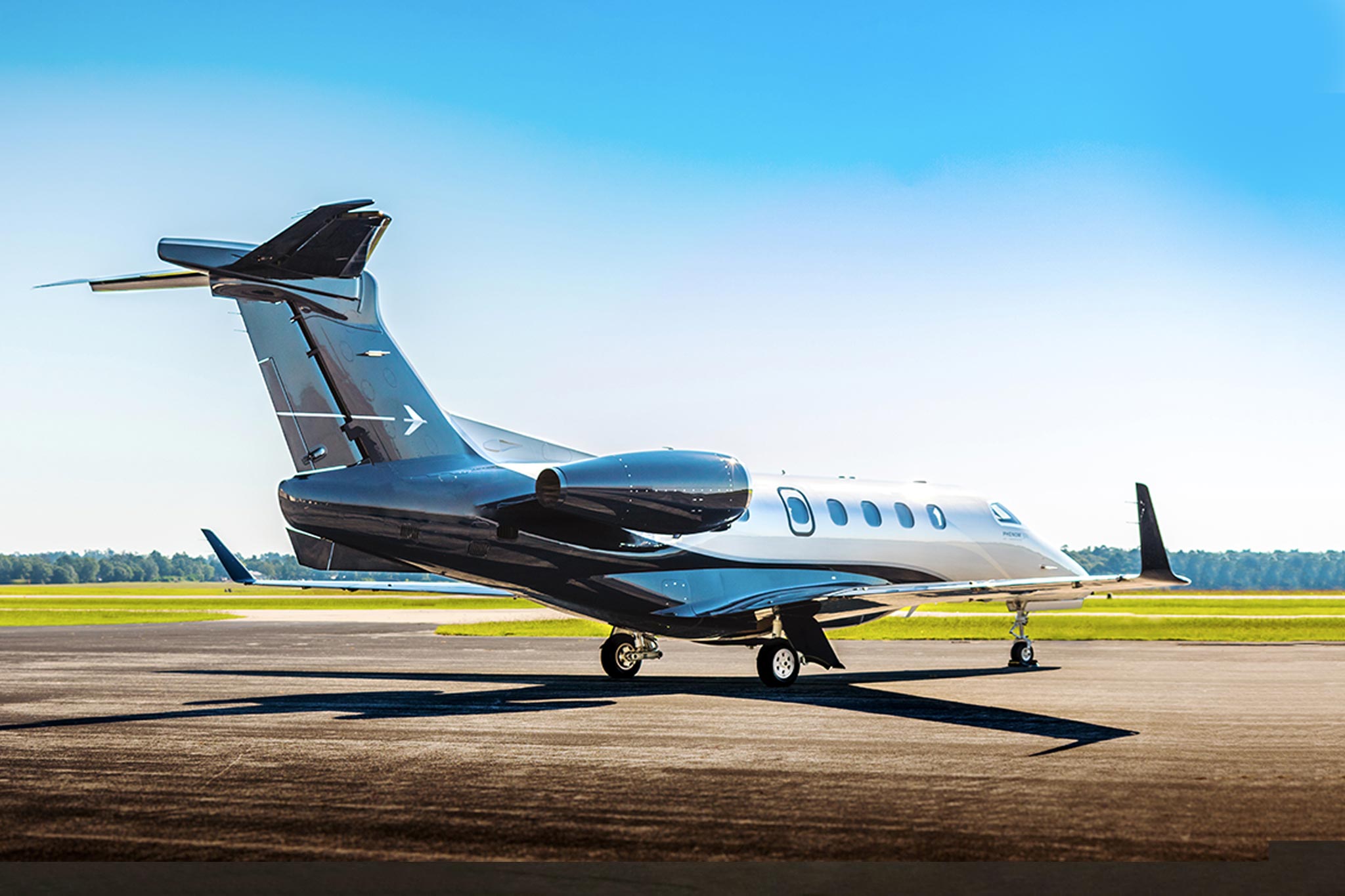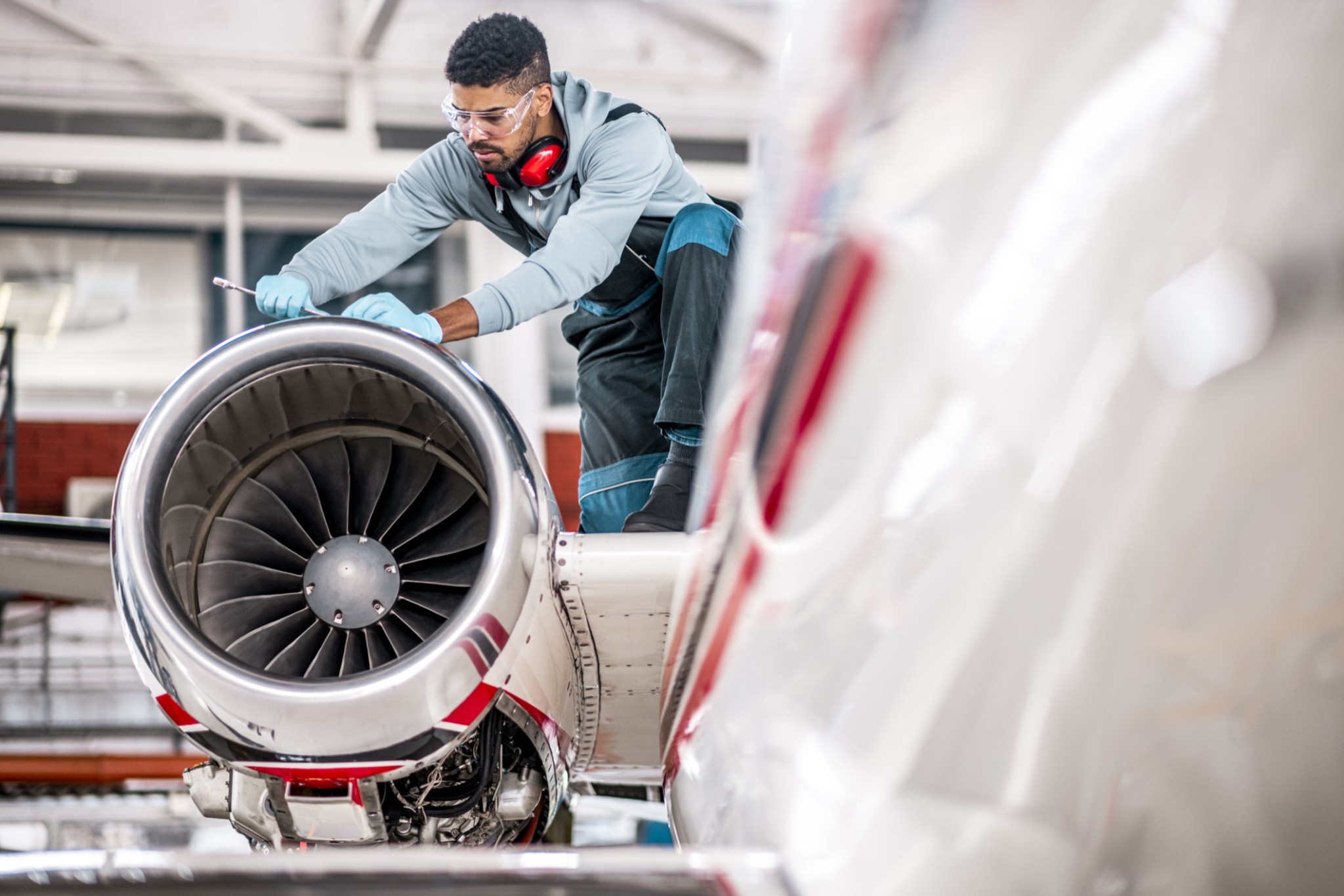
The Green Flight Path: How Private Jet Owners are Embracing Sustainability
Date
April 19, 2024Author
Ben Dow, Sr. Managing DirectorIn recent years, the private aviation industry has come under scrutiny for its environmental impact. With the world increasingly focused on combating climate change, private jet owners and operators are stepping up, investing in green projects, carbon offsets, and carbon credits to mitigate their ecological footprint. Moreover, the development of Sustainable Aviation Fuel (SAF) represents a significant stride towards greener skies. In this article I will explore how these initiatives are making private air travel more sustainable.
Investing in Green Projects
Private jet owners are increasingly channeling funds into environmental projects that contribute to sustainability. These projects range from reforestation and conservation efforts to investments in renewable energy sources such as wind and solar power. By supporting initiatives that absorb CO2 or reduce emissions elsewhere, jet owners are helping balance out their carbon footprint, aligning luxury travel with ecological responsibility.
Carbon Offsets and Credits
Carbon offsets have become a popular tool for private jet users aiming to neutralize their carbon emissions. By purchasing carbon offsets, owners can invest in projects that reduce CO2 emissions equivalent to the amount produced by their flights. This could include funding renewable energy farms or methane capture projects. Similarly, carbon credits allow jet owners to buy and trade permits representing a reduction in greenhouse gasses, further promoting environmental initiatives and supporting a market for clean energy.
The Role of SAF
Sustainable Aviation Fuel (SAF) is perhaps the most direct approach to reducing the carbon footprint of private jets. Made from sustainable resources like waste oils, fats, and even agricultural residues, SAF can reduce life-cycle carbon emissions by up to 80% compared to traditional jet fuel. Its development and increasing use mark a transformative step for the industry, offering a practical solution to one of its most pressing challenges. While currently more expensive than conventional jet fuel, prices are expected to decrease as production scales up and technology advances.
Looking Ahead
The transition towards greener aviation is not without its challenges. The availability of SAF, the cost of carbon offsets, and the need for industry-wide standards are all hurdles to overcome. However, the momentum is building, and the commitment from private jet owners to invest in sustainability signals a promising shift.
By embracing carbon offsets, investing in green projects, and fueling their aircraft with SAF, private jet owners are not just enjoying the privileges of luxury travel; they are actively contributing to a more sustainable future. This dual commitment to luxury and the environment paves the way for a new era in aviation, where the skies are not just for travel, but for change.
The journey towards sustainable aviation is ongoing, and the initiatives undertaken by private jet owners today are crucial steps on this green flight path. As technology advances and the global community becomes even more interconnected, the role of private aviation in promoting environmental stewardship will undoubtedly continue to evolve, marking the skies with the promise of a cleaner, greener future.



